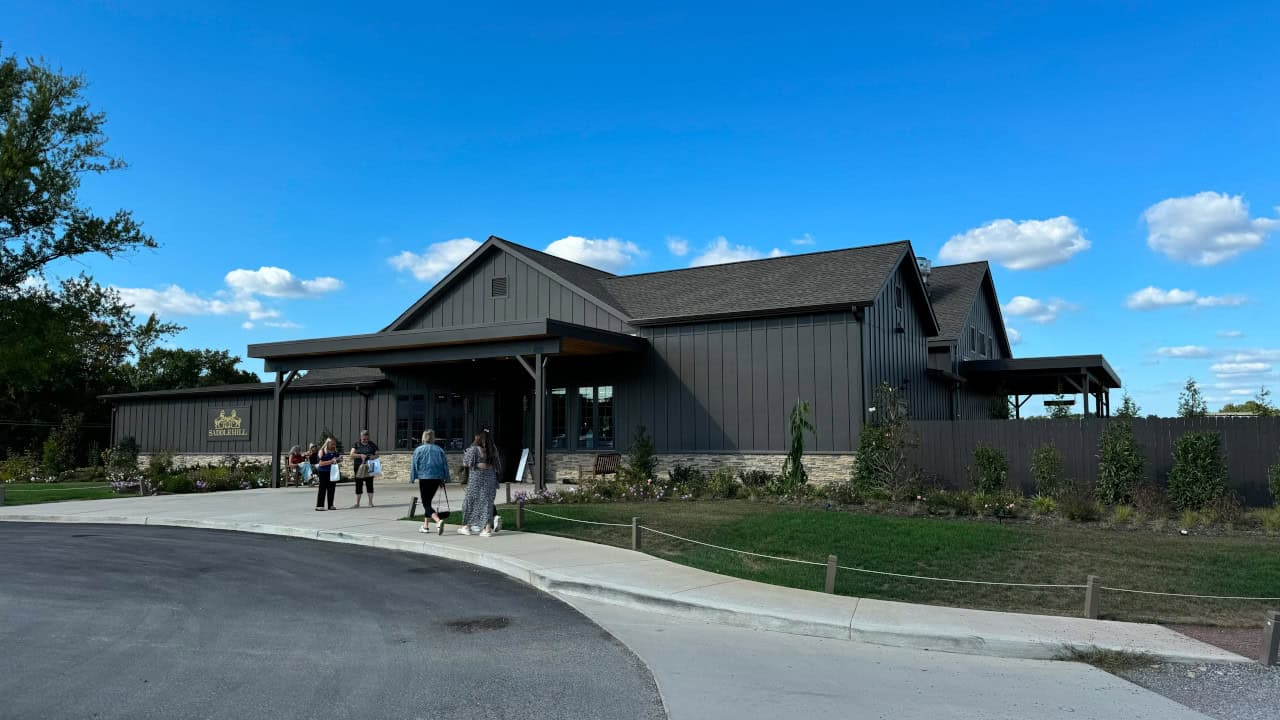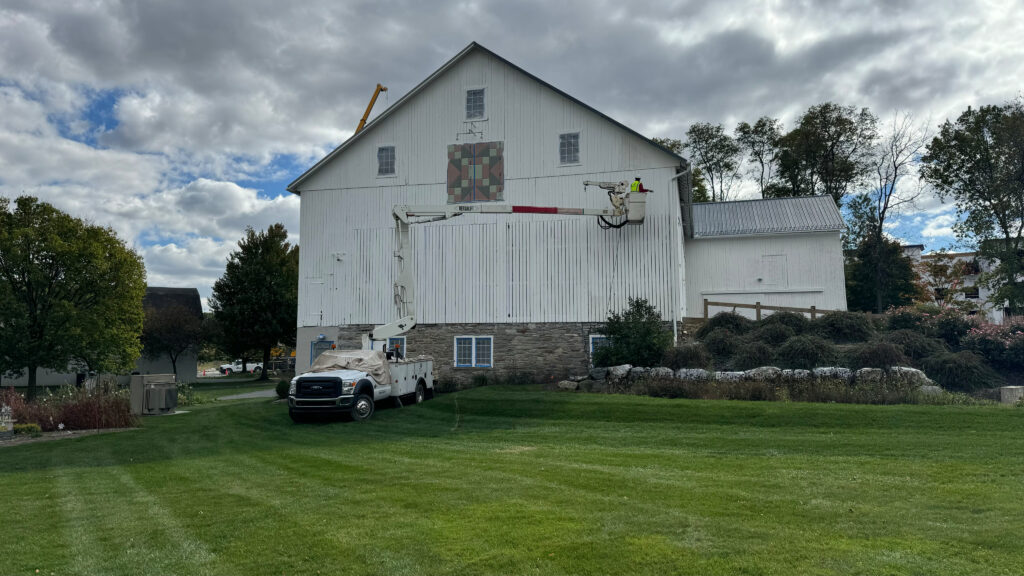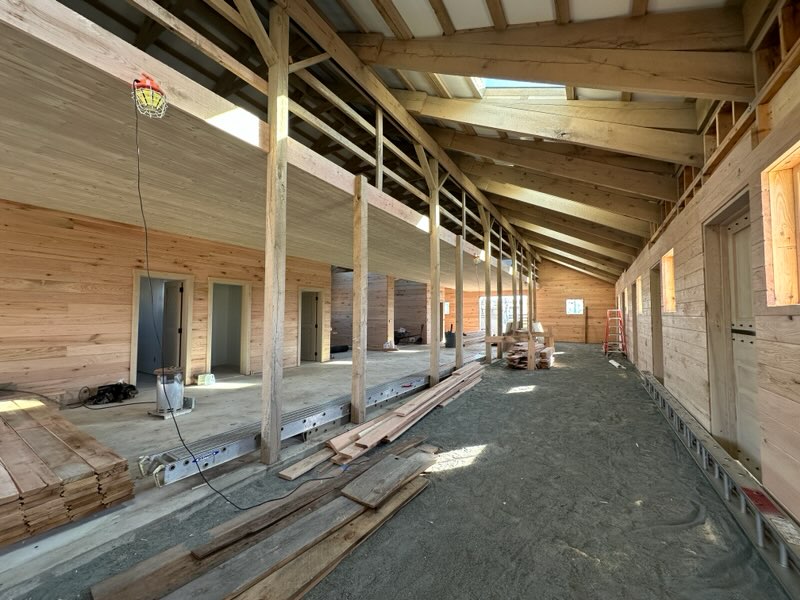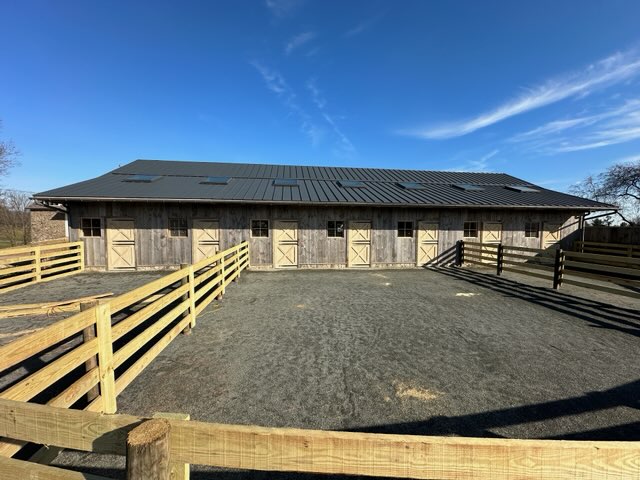
How to Build a Boutique Hotel with Lasting Guest Appeal
Boutique hotel construction works best when vision, place, and operations move in lockstep. A clear concept, a disciplined business plan, and a buildable program turn a good idea into a destination guests remember. The goal is simple: create a small hotel with personality with rooms that rest well, public spaces that feel like the heart of the neighborhood, and amenities that serve both travelers and the local community.
Setting the Vision for Boutique Hotel Construction

Successful projects start with a defined promise to guests. Decide what the hotel will be known for: intimate service, a rooftop bar with views of the city, a spa that anchors the brand, or a lobby that doubles as a neighborhood living room. That promise should guide design, schedule, and budget so decisions stay aligned from the first page of drawings to the final punch list.
Tie the concept to a realistic pro forma. Room count, average daily rate, and level of finish shape the capital stack. Keep contingencies in the budget for unknowns and long-lead items. A tight plan gives the team confidence, keeps pricing decisions consistent, and shortens the time from land acquisition to opening.
Choosing the Right Location and Site
Reading the street, the city, and the community
Site selection should weigh more than parcel size. Consider adjacent uses, walkability, sightlines, and the pulse of the block. A corner lot can put your entry, restaurant, and outdoor seating where the energy already lives. If the hotel is located near arts venues or a university, program for pre-show crowds and late check-ins. In quieter districts or west-facing sites, lean into sunsets, calm terraces, and rooms that prioritize rest.
Zoning, utilities, and access matter just as much as romance. Confirm service routes for deliveries, trash, and laundry. Review setbacks, height limits, and parking provisions early so design doesn’t outrun what’s permitted. A good site plan respects the city, welcomes neighbors, and makes daily operations easy for staff.
Standalone or mixed-use development
Many boutique hotel projects thrive as part of a mixed-use development with commercial space at grade, such as a restaurant, café, or retail space that anchors the corner and keeps foot traffic steady. Where height and structure allow, a rooftop bar or small event facility can become a signature draw. Balance the program so BOH circulation (kitchen, storage, service elevators) remains efficient without compromising guest areas.
Programs and Amenities that Drive Bookings
Room mix, size, and layout
Rooms are where your promise meets reality. Right-size them for comfort and cleaning efficiency. Consider acoustic separation between rooms, the position of the bed relative to views, and storage that feels generous without wasting square footage. Small hotels win on thoughtful details: dimmable lighting, quiet mechanicals, and bathrooms that feel upscale without overspending.
Places guests remember
Public spaces carry the personality of a boutique hotel. The lobby can shift from morning coffee bar to evening lounge; the restaurant should feel connected to the neighborhood, not closed off from it. Outdoor areas extend the experience, such as patios, pocket gardens, or a roof deck with a simple, smart menu. Optional amenities like a compact spa or fitness room should fit the brand, not pad the program.
Amenity ideas that fit a range of sites and budgets:
- Lobby bar that transitions to late-night service for arriving guests
- Restaurant with street-facing windows and seasonal outdoor seating
- Rooftop bar or terrace with wind and sun control for summer evenings
- Flexible meeting or small event room that doubles as co-working by day
Design with a Point of View

Architecture that reflects place
Work with the architect to connect form, materials, and local history. Ground-floor transparency invites the community in. Entries should be obvious, gracious, and weather-aware. Facade rhythm and lighting help the building feel at home on the street while still reading boutique and upscale.
Interiors with personality
Finishes carry the brand voice. Acoustic and thermal comfort matter as much as style. Guests come to rest; walls and doors should help them do that. A few art moments go further than many; curate pieces that reflect the culture of the area rather than generic hotel decor.
Budgeting, Schedule, and Construction Delivery

Building a realistic budget
Separate hard and soft costs, assign contingencies, and track value decisions in one place so the team can see how each change affects the whole. Level finishes where it counts: public restrooms, the bar, guest bathrooms, and lighting have outsized impact on perceived quality. Keep long-lead items (elevators, switchgear, specialty tile) on a procurement schedule that the entire team respects.
Construction approach and sequencing
Early coordination among developer, architect, and builder will de-risk the project. Lock down structural grids that support rooms above and kitchens below. Sequence work so street-facing areas complete in time for marketing photography. If you aim to open in summer, work backward: structure topped by November, enclosure dried-in before winter, interiors advancing steadily into spring.
Operations, Staffing, and Guest Experience
Service that matches the brand
Define service standards and staff workflow early. Housekeeping and laundry areas need to be sized for peak days; paths from service elevators to rooms should avoid guest bottlenecks. Give the front desk line-of-sight to entries and elevators for both welcome and security. The best hotels feel personal and professional because teams can manage the building without friction.
Technology and revenue
Integrate the property management system with booking channels and payment platforms from the start. Use dynamic pricing that reflects demand so the hotel stays healthy across seasons. Marketing should highlight sense of place: a rooftop view into the city, a restaurant that locals recommend, or a lobby bar that becomes a regular’s favorite seat.
Connecting to the Local Community

Boutique hotels thrive when they serve neighbors as well as travelers. Program small events, partner with nearby businesses, and source locally where possible. A hotel that locals call their spot will attract guests who want to feel part of the neighborhood, creating repeat stays and word-of-mouth that no ad buy can match.
Case-Style Examples
Urban corner, small footprint
On a dense block, a compact boutique hotel stacks efficiently: lobby and restaurant at grade, rooms above, and a small rooftop bar oriented to the best view. Back-of-house runs along the service alley; deliveries and trash move without crossing guest paths. The result is a place that feels energetic by day and intimate at night.
Mixed-use block with a view
As part of a larger development, the hotel sits above street-level retail with a spa and small meeting room tucked mid-level. A simple, elegant rooftop deck turns sunsets into a nightly ritual. The mix attracts locals, travelers, and private events, keeping the building animated through the week.
Getting Ready to Begin
A strong start sets the tone for the entire build. Confirm the business plan, define the brand promise, and walk the site with the core team to review your options. From there, a focused preconstruction phase aligns budget, schedule, and constructability. Boutique hotel construction succeeds when all factors in the plan support the guest experience you want to deliver. You want public spaces that draw people in and amenities that make the hotel feel like the neighborhood’s favorite new place.
If you’re exploring a boutique hotel project, connect with Quarry View Building Group to discuss goals, program, and preconstruction planning. When vision, site, and operations align, you create a destination that attracts guests, supports the community, and builds lasting appeal.

